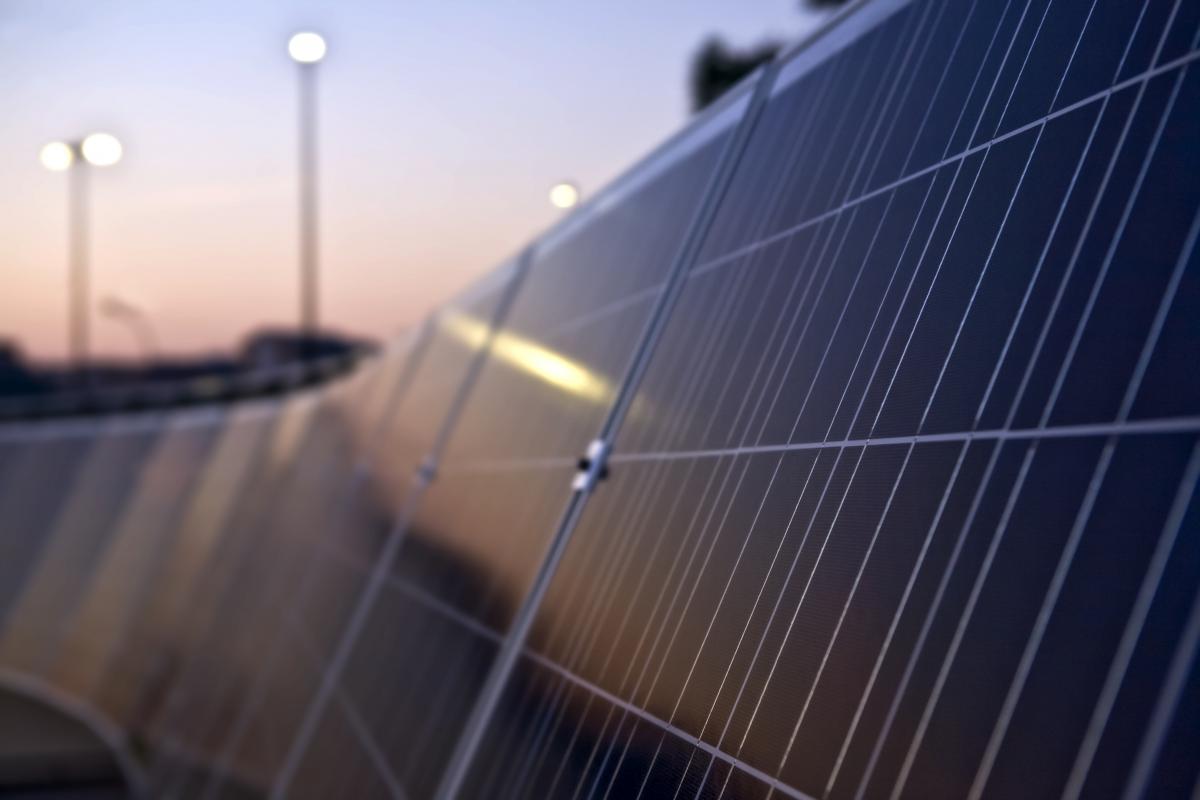Did you feel it? A seismic shift took place in the energy world last week. While it’s impact may not have registered on the Richter scale, it will likely transform the existing energy landscape and create a tidal wave of opportunity.
On September 17th, the Federal Energy Regulatory Commission (FERC) approved a ruling, Order No. 2222: Participation of Distributed Energy Resource Aggregations in Markets Operated by Regional Transmission Organizations and Independent System Operators, that enables distributed energy resource (DER) aggregators to compete in regional wholesale energy markets. Integrating aggregated DERs in wholesale energy markets is ultimately intended to reduce consumer costs, increase electric reliability, and pave the way for innovation.

The landmark ruling will create a myriad of new revenue opportunities for owners of solar, batteries, EVs, and other DERs. Their participation in energy markets will, in turn, support a smarter, more dynamic grid that can help utilities keep up with ever-increasing energy demands.
The new order builds upon FERC Order 841, which aimed to set similar rules for batteries and energy storage systems to serve in wholesale markets. However, analysts believe that Order 2222, with its much broader scope, could have an even more profound impact on the value of DERs in US markets.
Small but Mighty
“DERs can hide in plain sight in our homes, businesses, and communities, but their power is mighty,” FERC Chairman Neil Chatterjee said at the press conference, adding that between 65 gigawatts to more than 380 gigawatts of DERs will likely be added to the country’s power grids over the next four years.
The ruling opens market participation to a wide array of DER technologies—located on a utility’s distribution system or behind a customer’s meter—with no limit placed on the number of DERs that can be networked together. More importantly, it allows multiple resources to satisfy minimum size and performance requirements that they would not be able to achieve individually. Therefore, with aggregation, any DER in a competitive market can participate.
Chairman Chatterjee added that the FERC ruling will help “increase competition and efficiencies in our markets. It will enhance grid flexibility and reliability attributes. And it will stimulate the kind of innovation that’s needed to keep pace with our ever-evolving energy demand.”
The Swiss Army Knife of Energy Resources
DERs are multi-purpose, fast-acting, and infinitely useful in their ability to deliver localized capacity and support grid operations. Aggregated rooftop solar, batteries, EV chargers, grid-responsive water heaters, and other DERs are flexible and nimble, with inverters and software controls that allow them to perform a variety of functions and operate on-demand.
Under today’s regulatory framework, DERs are able to participate in wholesale energy markets, but only under demand-response agreements that limit their potential. Order 2222 will enable them to support grid operations and participate in demand management programs, while potentially improving reliability, as ISO and RTO operators will have greater visibility into behind-the-meter DERs.
It’s Complicated
Order No. 2222 requires each RTO and ISO to address a multitude of compliance issues, creating a complex puzzle for grid operators, utilities, and state regulators. Aligning the market rules for operating behind-the-meter assets connected to low-voltage distribution grids to those governing bulk markets presents a colossal challenge. Regional grid operators will have to revise their tariffs to include DER aggregators as a type of market participant, which will allow aggregators to register their resources under the applicable participation models.
Allowing utilities and state regulators to manage DER interconnection rules to prevent the assets from destabilizing distribution grids could also present challenges for ISOs and RTOs. So could state regulator rules seeking to differentiate between retail and wholesale market participation.
Analysts agree that the individual RTO/ISO compliance processes will play a significant role in shaping the implementation of Order No. 2222 in each region since the new DER framework will give states and utilities the authority to oversee the interconnection of individual DERs— important to consider, given the impact of DERs on distribution grid operations and reliability.
The Path Forward
Order 2222 will go into effect in 60 days, and RTOs and ISOs will have 270 days to file compliance documents outlining how they plan to integrate the new ruling into their operations. Full implementation will be a longer process, with compliance plans due in about a year.
As RTOs and ISOs work to define the pathways to DER participation in their respective regions, aggregators are pleased, since FERC’s ruling will allow DERs to tap into the hundreds of millions of dollars in energy transactions that take place each day on regional wholesale markets. It’s a new day in the energy world and opportunities abound.
To learn more about the impacts of FERC’s groundbreaking ruling, join energy industry thought leaders at the 8th annual HOMER International Microgrid Conference, October 12-16. For an in-depth regulatory discussion, be sure to tune in on October 14th for the session titled: Regulations for Power Suppliers: Who? What? Where? Participation is 100% online and free of charge. Register at www.microgridconference.com.
